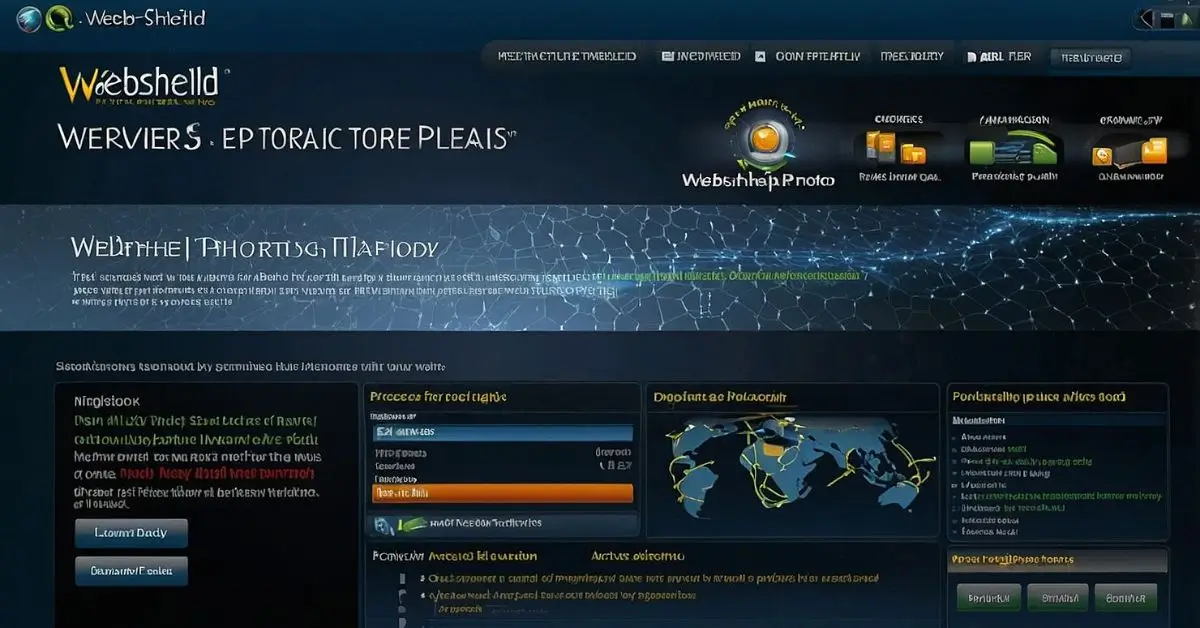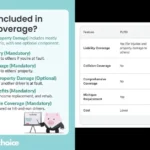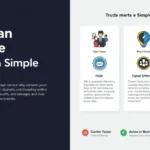In today’s digital age, cybersecurity is more critical than ever. With the rise of malicious software, phishing attempts, and unwanted advertisements, various tools have emerged to protect users from these threats. One such tool is WebShield, a security feature found in antivirus programs and web browsers designed to prevent access to dangerous websites. While WebShield can be beneficial, it can also be problematic, blocking legitimate sites or interfering with internet performance.
This guide will walk you through everything you need to know about WebShield: what it is, why you might want to disable it, and how to safely remove it from your system without compromising your online security.
What is WebShield?
WebShield is a protective tool integrated into antivirus software or internet security programs that monitors and filters internet traffic to prevent access to harmful websites. These programs often rely on databases of known malicious URLs and use real-time scanning to detect and block potentially harmful websites. WebShield operates in the background, acting as a security checkpoint for your online activities, ensuring that you don’t unintentionally access malware, phishing sites, or exploit kits.
Key Features of WebShield:
- URL Filtering: WebShield filters internet traffic by blocking malicious URLs before they are loaded on your browser.
- Real-Time Protection: It actively monitors web traffic and immediately blocks suspicious activities.
- Phishing Protection: The tool helps protect users from phishing attempts by blocking websites designed to steal sensitive information like login credentials or credit card numbers.
- Safe Browsing: Some versions of WebShield also warn users when they are about to enter sites with unsafe reputations, helping them avoid potential risks.
While these features are helpful for average users, there are situations where WebShield might become overly aggressive, causing disruptions. For example, it might block a safe website that you know and trust, slow down your internet speed, or cause compatibility issues with certain applications.
Reasons to Remove or Disable WebShield
While WebShield provides essential security features, some users may find it necessary to disable or remove it. Here are common reasons why:
- False Positives: WebShield may sometimes block legitimate websites, mistaking them for harmful ones. If you frequently access certain websites and find WebShield blocking them unnecessarily, this can be frustrating and time-consuming. Removing or disabling WebShield can help eliminate such issues.
- Slow Internet Speed: Since WebShield continuously monitors your internet activity, it may lead to reduced browsing speed. If you have a slower internet connection, disabling WebShield could help improve your browsing experience by removing an additional layer of scanning.
- Software Conflicts: WebShield can conflict with certain software, especially if you’re using advanced networking tools, VPNs, or applications that require frequent and fast internet connections. Disabling WebShield could resolve these conflicts, improving software performance.
- Personal Preferences: Some tech-savvy users prefer to manage their internet security manually and may feel that WebShield is unnecessary. These users may rely on other security measures, such as firewalls or specific browser settings, to keep them safe online without the need for WebShield.
Risks of Removing WebShield
Before removing WebShield, it’s essential to understand the risks. By disabling this feature, you will lose an extra layer of protection from malicious websites, phishing scams, and other online threats. This means that unless you have other robust security measures in place, your computer may become more vulnerable to cyberattacks.
If you choose to remove WebShield, ensure that you have alternative security measures like:
- Up-to-Date Antivirus: Even without WebShield, a strong antivirus program is your first line of defense against malware and viruses.
- Firewall Protection: A properly configured firewall can help block unwanted traffic from accessing your network.
- Browser Security Settings: Most modern browsers offer built-in protections against harmful sites, but make sure these settings are enabled.
- Caution While Browsing: Always practice safe browsing habits, such as not clicking on suspicious links and avoiding untrusted websites.
If you’re aware of these risks and still wish to proceed, here’s how you can remove WebShield on different platforms.
How to Disable or Remove WebShield
1. Removing WebShield from Avast Antivirus
Avast is one of the most popular antivirus programs that include WebShield as part of its suite. To remove or disable it, follow these steps:
Disabling WebShield:
- Open Avast:
- Launch the Avast program by clicking on its icon in the system tray or from the Start menu.
- Go to Settings:
- In the main dashboard, click on the ‘Menu’ in the top right corner and select ‘Settings.’
- Navigate to Core Shields:
- In the Settings window, click on the ‘Protection’ tab in the left sidebar and then select ‘Core Shields.’
- Disable WebShield:
- Under the Core Shields section, find WebShield and toggle the switch to turn it off. Avast will prompt you to confirm your action. You can choose to disable WebShield temporarily or permanently.
Uninstalling WebShield Module:
- Open Avast Settings:
- Again, open Avast and go to the ‘Menu’ and ‘Settings’ section.
- Select Components:
- In the Settings window, navigate to the ‘General’ tab and choose ‘Components.’
- Remove WebShield:
- Find WebShield in the list of components and click ‘Uninstall’ next to it. Follow the on-screen instructions to complete the process.
2. Removing WebShield from AVG Antivirus
AVG, another popular antivirus software, offers similar protections to Avast and includes WebShield in its security suite.
Disabling WebShield:
- Open AVG:
- Open the AVG antivirus dashboard from the system tray or the Start menu.
- Go to Settings:
- In the main interface, click on the ‘Menu’ icon in the top right corner and select ‘Settings.’
- Disable WebShield:
- Under the ‘Basic Protection’ tab, you’ll find WebShield. Toggle the switch off to disable the feature.
Uninstalling WebShield:
- Go to AVG Components:
- Open the AVG interface, click on ‘Menu,’ then ‘Settings,’ and finally navigate to ‘Components.’
- Remove WebShield:
- In the components section, locate WebShield and click ‘Uninstall’ to remove it from your antivirus suite.
3. Disabling WebShield in Browsers
In some cases, WebShield might be a part of a browser extension. Here’s how you can remove WebShield if it’s integrated as a browser add-on.
Google Chrome:
- Open Chrome:
- Launch your Chrome browser.
- Go to Extensions:
- Click on the three vertical dots in the top-right corner, go to ‘More tools,’ and then ‘Extensions.’
- Find WebShield Extension:
- Scroll through the list of installed extensions to find WebShield.
- Remove the Extension:
- Click ‘Remove’ next to WebShield to uninstall it from Chrome.
Mozilla Firefox:
- Open Firefox:
- Launch the Firefox browser.
- Access Add-ons:
- Click on the hamburger menu in the top-right corner and select ‘Add-ons.’
- Disable WebShield:
- In the Add-ons Manager, look for the WebShield extension and either disable or remove it completely.
4. Removing WebShield from macOS
WebShield may also be installed on macOS as part of antivirus software like Avast or AVG. The process for disabling or removing WebShield on macOS is similar to the Windows versions of these programs.
Disabling WebShield:
- Open the Antivirus Program:
- Launch your antivirus software from the Applications folder.
- Access the Shield Settings:
- Navigate to the settings section and look for WebShield under the protection features.
- Disable WebShield:
- Toggle the switch to disable WebShield.
Uninstalling WebShield:
- Open the Antivirus Program:
- Launch the antivirus program and go to the components or protection settings.
- Remove WebShield:
- Find WebShield in the list of installed components and choose to uninstall or remove it.
Final Thoughts: Is Removing WebShield Right for You?
Whether to remove WebShield or not depends on your specific needs and your level of comfort with managing cybersecurity risks. WebShield provides robust protection against online threats, but its overprotectiveness or interference with browsing speed and software can be a nuisance for some users. If you feel confident in your ability to manually manage your internet security and prefer faster, less restricted browsing, removing WebShield might be an option worth considering.
However, it’s essential to ensure that you have other security measures in place before doing so. Keep your antivirus software up-to-date, maintain a strong firewall, and always practice safe browsing habits. With these precautions, you can safely navigate the internet even without WebShield, ensuring that your online experience is smooth and secure.











